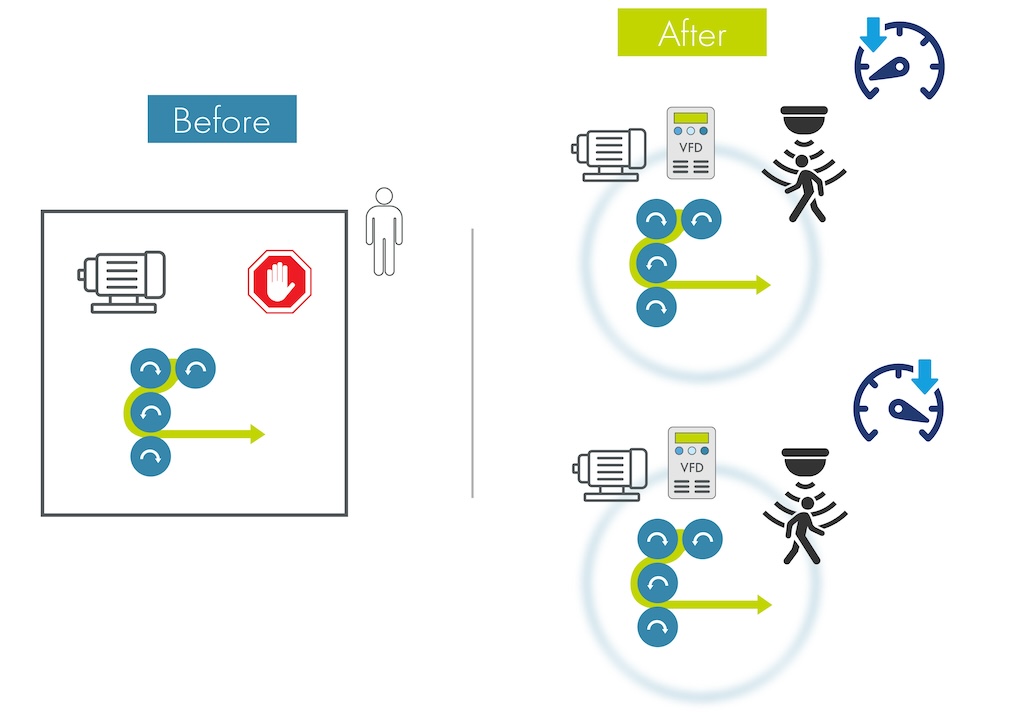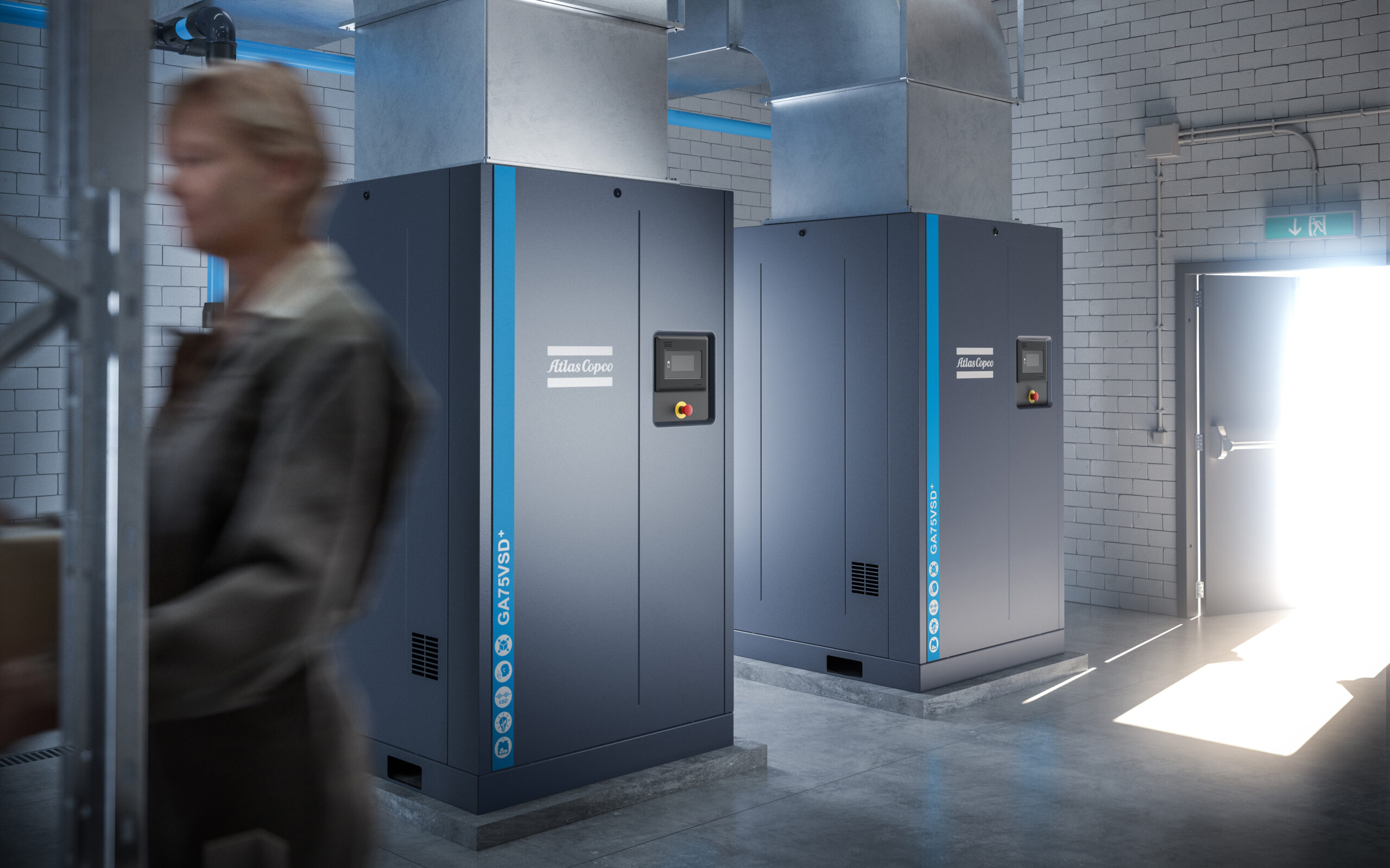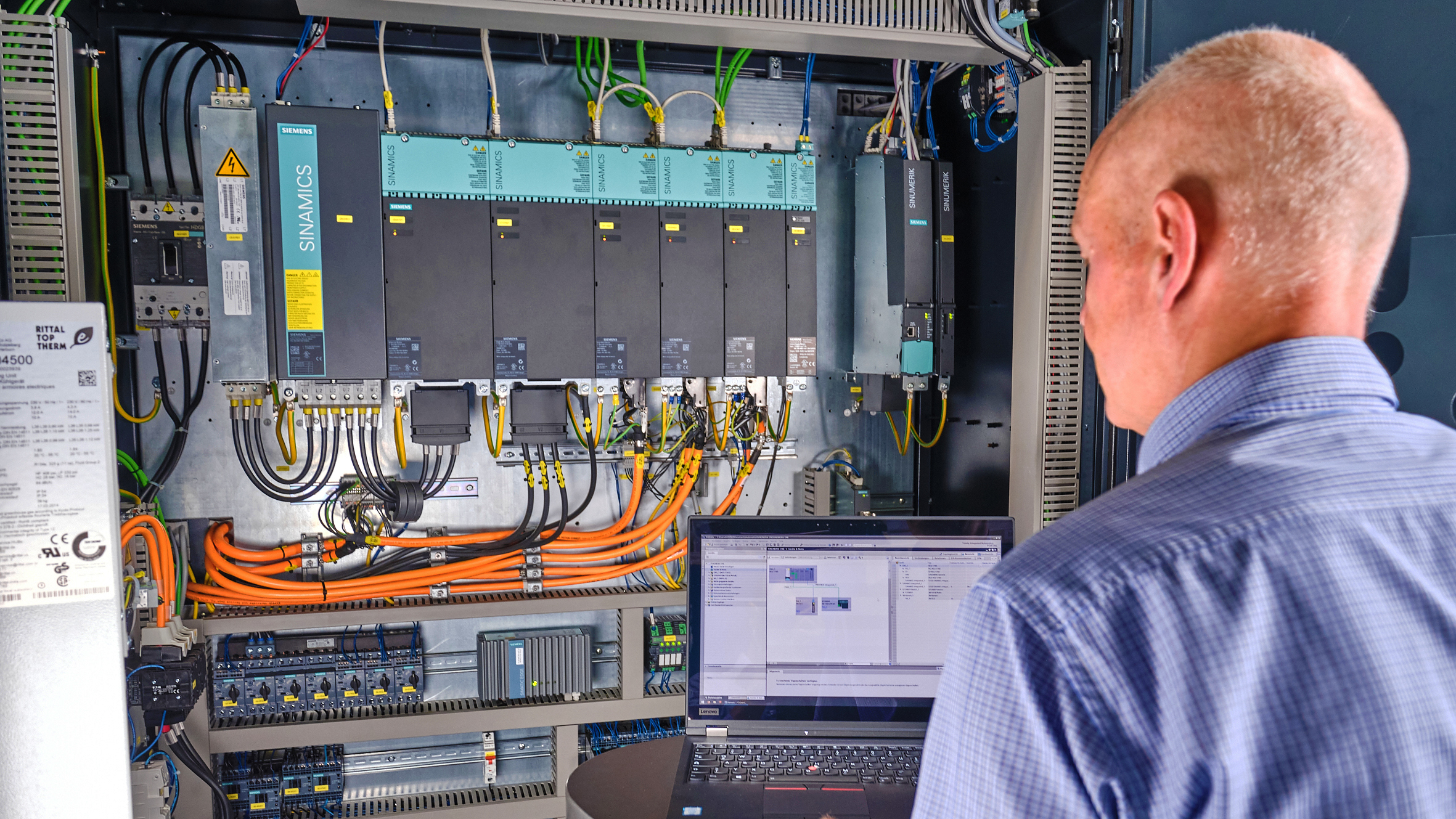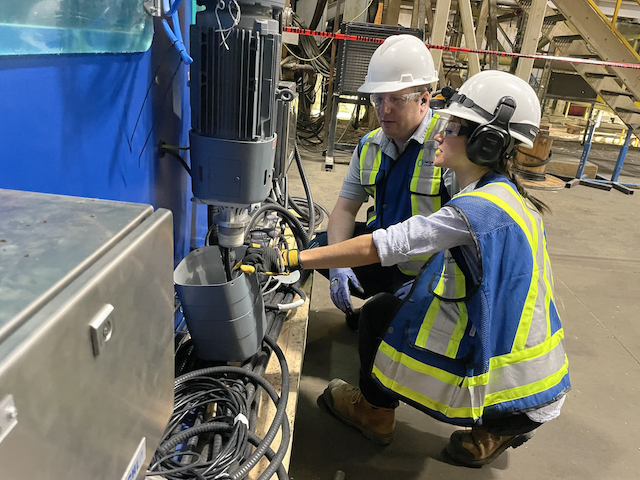Impending legislation in Europe has forced OEMs to fit direct or indirect tire pressure monitoring systems (TPMS) on new passneger car models by 2012 and on new passenger cars by 2014. Both direct and indirect systems, however, have distinct advantages and disadvantages.

Tire pressure monitoring is a topic of much debate amongst OEMs. Choosing the best system for their vehicles, whilst also fulfilling certain legislation in specific regions, is of utmost importance both in terms of revenue and customer satisfaction.
In the U.S. there has been legislation since 2007 for 100% fitment of tire pressure monitoring systems (TPMS) in new cars. Impending legislation in Europe for mandatory TPMS on all new passenger car models by 2012 and on all new passenger cars by 2014, has forced OEMs to fit TPMS to their vehicles.
OEMs do, at least, have a choice of TPMS technology: direct or indirect. The direct system uses sensors in the wheels, to wirelessly communicate air pressure and temperature information to the driver’s instrument cluster. The indirect system uses software algorithms to derive pressure information from existing sensors in the ABS or ESC system. Despite the choice, the decision of which technology to use isn’t an easy one as there are advantages and disadvantages to each system.
Using the direct system gives the driver actual pressure and temperature values. However, battery life of the sensors can be an issue and to replace them and the tires can cost $300-400 to the consumer. This could be a problem for second hand or third hand owners of cars. Also, to the OEM, a direct system can be more expensive (as it requires dedicated hardware).
On the other hand, the indirect system is less expensive, as the OEM pays a licensing and application fee, the cost of which can then be applied across many vehicles. However, from an operational perspective, the system requires the customer to be an integral part of the TPMS. For example, every time the tires are inflated, the customer has to press a reset button to normalize the system.
This ‘operation’ of an indirect TPMS could be viewed by drivers as a potential downside of the system, as opposed to a direct system which has minimal driver input. Furthermore, drivers could well favor a system that gives ‘instant’ pressure values.
It is my opinion that most OEMs will continue to use direct TPMS in both legislated and unlegislated regions. The direct system is ‘tried and tested’ and is known to comply with legislation. There are still doubts that the indirect system will be able to fulfill legislation. If an OEM uses the indirect system in a car, and then it turns out that the indirect system does not comply with legislation, the OEM cannot sell that car – a significant concern for any OEM.



